Post-Christmas depression ensues as the holiday season winds down and the twinkling lights fade. But Pagan holidays and traditions can be an antidote!
Holidays can be stressful. But once all the festivities are over, a new sort of melancholy sets in; dealing with the vacuum left after Christmas.
One of the ways to get over your post-Christmas blues and boost your mental health after the holiday season gets over is by exploring the Pagan holidays and traditions that are observed over the year, thus keeping the festive spirit alive!
But how to celebrate pagan holidays?
Read 60+ Motivational New Year Quotes To Make The Best Of 2024
The Pagan Wheel Of The Year
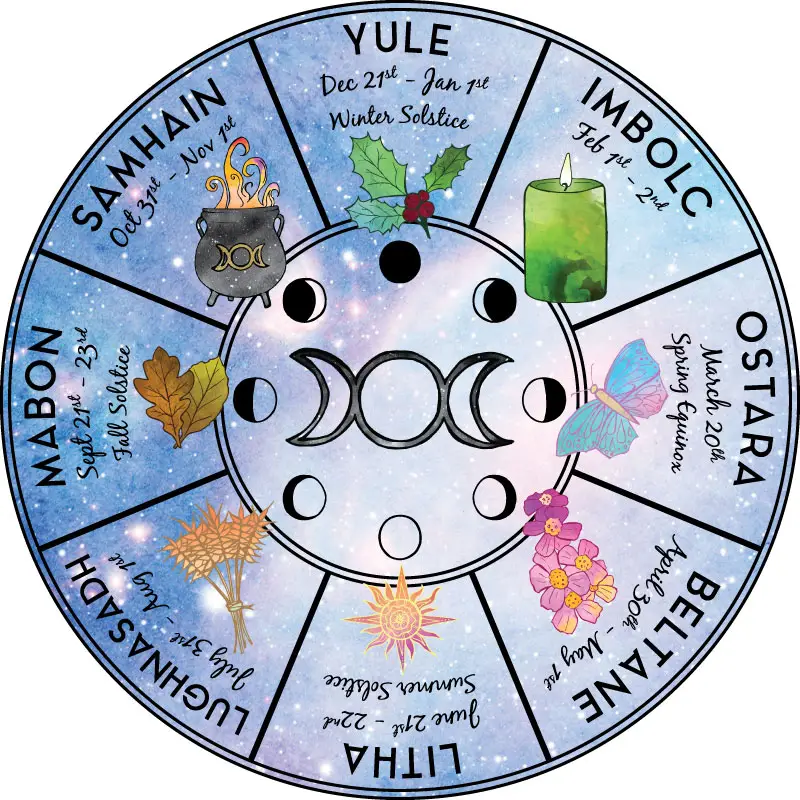
The Pagan Wheel of the Year refers to a cyclical calendar that reflects on seasons as well as various Pagan and Neopagan holidays, celebrations, and traditions.
It recognizes light/dark interplay, cycles of nature, and agricultural year. Normally, eight major festivals spread evenly across the solar year constitute the Pagan Wheel of the Year.
Each festival represents a facet of the natural cycle and often includes rituals, ceremonies, or celebrations associated with it.
The Pagan wheel of the year is not only interesting but also provides an opportunity to reconnect with nature and embrace life’s cyclic rhythm. It reminds us that everything is temporary; however, change or transition can be beautiful.
If you think about your calendar after Christmas in this way, the pagan wheel of the year will help you beat that post-Christmas depression with some optimism and enjoyment.
No, Paganism is not evil or Satan worshipping; it is rather the oldest form of spirituality that worships nature among other Gods and Goddesses.
What if you took an interest in these Pagan holidays and traditions? How to celebrate pagan holidays? You may start by examining the roots of Paganism before moving on to revealing some secrets about Christmas in Paganism.
So let us begin because we have so much to talk about!
Read 9 Empowering New Year Resolutions For Single Women in 2024
8 Pagan Holidays And Traditions To Keep The Festive Spirits Alive Throughout The Year
Here are eight pagan holidays and traditions with a full guide on how to celebrate Pagan holidays in modern times :
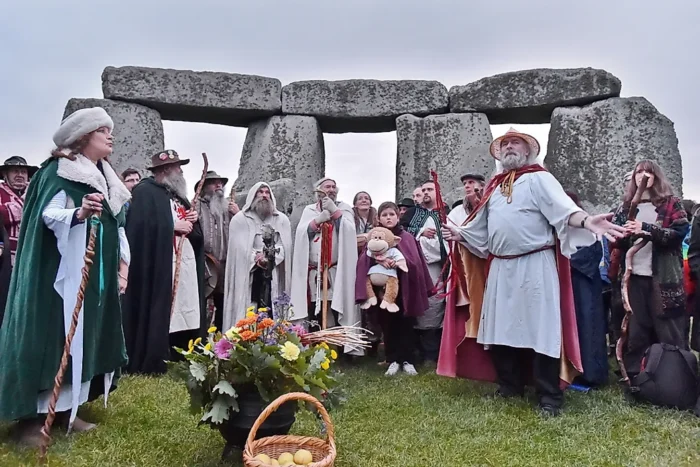
1. Samhain (October 31 – November 1):
The most popular among the Pagan holidays and traditions, Samhain is celebrated from October 31st through November 1st.
Samhain, often called Pagan New Year by many people, marks the end of harvest time into winter.
On Pagan New Year’s Eve, one honors their ancestors, reflects upon the life and death cycle, and acknowledges the thinning of the veil between this world and the spiritual one.
On Pagan New Year’s Eve, light divination candles to call upon ancestral spirits and offer them food and drinks. You can meditate or engage in divination practices like Tarot or Scrying.
2. Yule (Pagan Winter Solstice):
Welcoming the Sun and the lengthening of days, Yule for Pagans comes during the winter solstice, that falls on December 21st. It’s a time of renewal and hope, which is where many believe Christmas traditions originated from.
To celebrate Pagan winter solstice, decorate with evergreens, light candles, and think about how warmth and light are returning to the Earth.
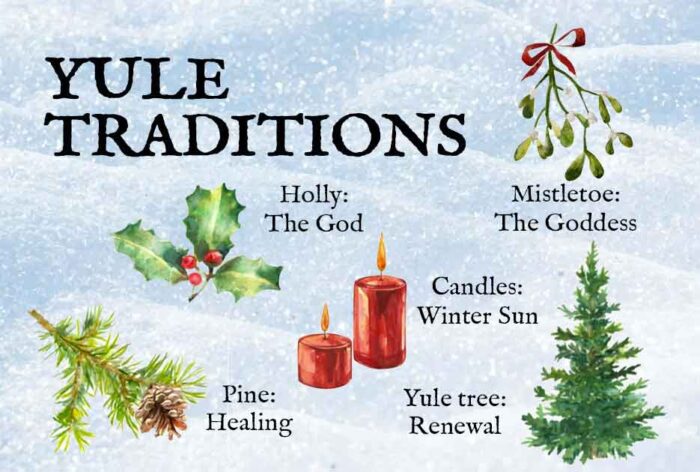
3. Imbolc (February 1-2):
On February 1 or 2nd, Imbolc, also known as Brigid’s Day marks exactly halfway between the winter solstice and spring equinox. The first signs of spring are welcomed on this day.
Traditionally, people lit candles and fires symbolizing returning warmth and light for years. With that in mind, clean your house up for this holiday’s arrival as it will symbolize winter being over leaving space for spring to come in.
4. Ostara (Spring Equinox):
During the spring equinox (around March 20th), Ostara marks equal lengths of day and night. This holiday named after Eostre, a Germanic goddess highlights fertility, rebirth, and awakening of nature.
Use eggs, rabbits, and flowers as symbols of renewal in your decorations.
5. Beltane (May 1):
Beltane announces the arrival of warmer months and nature’s blooming. This festival is celebrated on the 1st of May as a happy recognition of fertility, love, and the coming together of both divine masculine and feminine.
Maypole dancing is a traditional Beltane activity whereas lighting bonfires symbolizes the sun’s growing strength. Engage in outdoor activities, connect with loved ones, and revel in the vitality of nature.
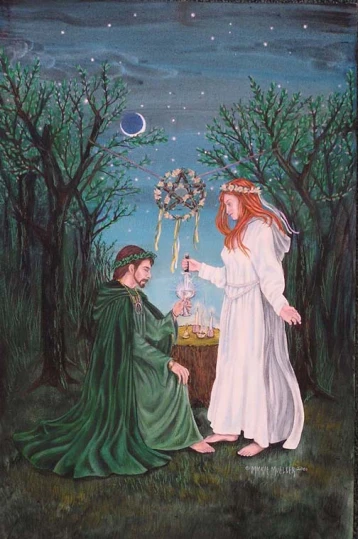
6. Litha (Pagan Summer Solstice):
Litha, or Midsummer, usually falls around June 21st which is summer solstice. Therefore, it is the longest day of that year that celebrates the sun at its zenith.
Celebrating summer solstice is best done by spending time outdoors, enjoying warm sun rays, and participating in bonfires or other fire-related rituals. Reflect upon how light and darkness impact your life.
7. Lammas/Lughnasadh (August 1):
The first harvest for this year is marked by Lammas otherwise known as Lughnasadh. Occurring on August 1st, it pays homage to Lugh who was an Irish Celtic god as well as celebrating agricultural abundance.
This time is for giving thanks for all that you have harvested from the earth and for your personal achievements. Make bread as a symbol of harvest and share it with friends and family.
8. Mabon (Autumn Equinox):
Mabon comes during the autumn equinox which falls around September 21st; it marks the second harvest as well as balancing light versus darkness.
Use this moment to be thankful for what you have labored for both in reality and metaphoric sense. Create an altar with fall symbols and go into nature to meditate on life’s cycle.
So these are the eight most important pagan holidays and traditions that will remind you about living your life through every season!
Now you know how to celebrate pagan holidays, but if you are still on the fence about Paganism, owing to the misrepresentations in our popular culture, we strongly suggest you read on!
Read 2024 Spiritual Guidance And Channeled Messages For The 12 Zodiac Signs
A Brief History of Paganism
Here’s a brief overview of the history of paganism:
- Ancient Roots: Paganism has ancient roots that predate recorded history. Many pagan traditions emerged in the ancient world, often rooted in animism, polytheism, and nature worship. Ancient civilizations such as the Egyptians, Greeks, Romans, Celts, Norse, and others had their own distinct pagan belief systems, often characterized by a pantheon of deities associated with natural forces, celestial bodies, and aspects of daily life.
- Polytheism and Nature Worship: Polytheism, the belief in multiple deities, is a common thread in pagan traditions. Many pagans worshipped a diverse array of gods and goddesses, each associated with specific aspects of the natural world or human experience. Nature worship played a significant role in pagan rituals and ceremonies. The cycles of the seasons, celestial events, and natural phenomena were often intertwined with religious practices.
- Cultural and Regional Diversity: Paganism is not a monolithic tradition; it encompasses a wide range of beliefs and practices that vary based on cultural, geographical, and historical contexts. The Celtic Druids, the Norse Vikings, the Hellenistic Greeks, and the Roman pantheon are just a few examples of the diverse pagan traditions that developed in different regions and periods.
- Interaction with Abrahamic Religions: As monotheistic religions like Christianity and Islam spread, pagan beliefs often faced challenges and transformations. Some pagan practices were assimilated into these new religious frameworks, while others faced suppression. The process of Christianization in Europe, for instance, involved the conversion of pagan populations and the appropriation of pagan holidays and sites.
- Revival and Modern Paganism: The 19th and 20th centuries saw a revival of interest in pagan traditions, often fueled by a romanticized view of the past, a rejection of institutionalized religions, and a growing interest in esotericism and mysticism. Modern Paganism, sometimes referred to as contemporary or neo-paganism, includes diverse movements such as Wicca, Druidry, Heathenry, and others. These are often reconstructionist or eclectic, drawing inspiration from historical pagan practices while adapting them to contemporary contexts.
- Influence on Popular Culture: Pagan symbolism and themes have often found their way into popular culture, literature, art, and music. Elements of paganism can be seen in various fantasy novels, movies, and artistic expressions.
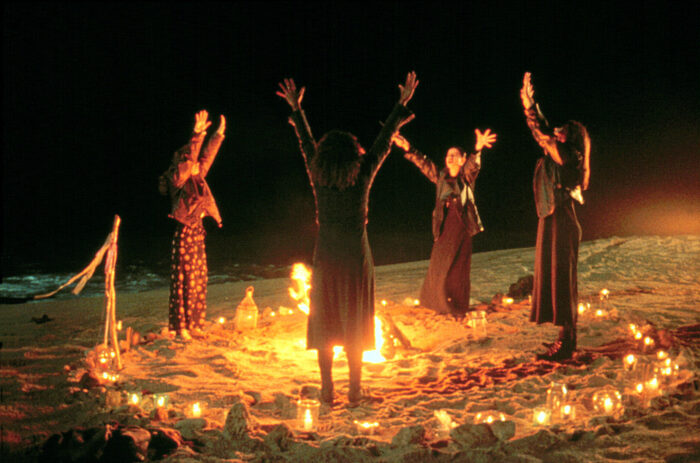
The movie “The Craft” (1996) pivots around a group of teenage witches who practice paganism and magic.
- Resurgence and Recognition: In recent decades, there has been a resurgence of interest and practice in pagan traditions. Modern pagans often seek a spiritual connection with nature, celebrate the changing seasons, and explore diverse forms of ritual and magic.
Is Christmas Stolen? Christmas In Paganism
Christmas in Paganism is an interesting topic. While primarily being considered a Christian holiday to celebrate Jesus’ birth date December 25th, Christmas has similarities with pre-Christian festivals and it’s believed to be absorbed into Christianity later on.
- Pagan Winter Solstice Celebrations: December 25th as the day for celebrating Christmas coincides with Saturnalia, a Roman festival that used to last for a week in honor of Saturn, the god of agriculture, and marking the Pagan winter solstice. This involved feasting, gift-giving, and temporary exchange of social roles.
- Yule: Yule for Pagans is an ancient festival that predates Christianity and marks the winter solstice. Yule for pagans embodies the return of daylight hours. Many Yule customs such as using evergreens to decorate, lighting candles, and feasting have become part of Christmas traditions.
- Evergreen Decorations: The use of evergreen plants like holly, ivy, or mistletoe as decorations during Christmas time has Pagan origins. In ancient societies, these plants symbolized life and fertility because they were seen to survive through winters when all other vegetation had died down.
- Yule Log: Burning a Yule log had its roots in Norse and Celtic Yule celebrations in which firewood was at times ceremonially burnt. Yule for Pagans symbolized the onset of summer’s heat and light brought about by the sun’s return. The ashes of this log were believed to be protective against any evil spell or enhance fertility by some communities.
- Gift-giving: Giving presents during Christmas started with paganistic inclinations. For instance, Romans exchanged gifts during Saturnalia.
- Feasting and Merriment: Various historical celebrations account for the importance of feasting and merriment during Christmas. In medieval Europe, the Feast of Fools and the Lord of Misrule included temporary role reversal, games, and revelry during the festive season.
- Pagan Deities and Christian Syncretism: It is argued that December 25th was chosen to be marked as Christmas following the Roman festival of Sol Invictus (the “Unconquered Sun”), which honored a mythical god who defeated darkness symbolized by winter. Christianity modified this date over time as it spread to commemorate Jesus’ birth.
Pagan New Year Traditions
The Pagan New Year traditions, sometimes observed during the Samhain festival, remain significant and spiritually uplifting in many pagan traditions.
Although Samhain itself goes from October 31st to November 1st it is often referred to as Pagan New Year because it represents death, rebirth, and cyclical nature of life.
- Ancestral Connection: The thinning of the veil between this physical world and the spiritual realm is one concept that is central to the Pagan New Year traditions. It fosters a deeper relationship with dead ancestors and loved ones who are no more. During this period, many pagans build altars with photographs or offerings in remembrance of their deceased close relatives.
- Cycles of Life and Death: Samhain or Pagan New Year’s Eve marks both an end to harvesting and the beginning of winter. It is time to contemplate cycles involving life & death while recognizing that nature’s decay and its regeneration cycle applies to our lives too. Personal transformation is often emphasized in these rituals where old things are symbolically released for new ones.
- Divination and Insight: Divination practices are commonly used in celebrating Pagan New Year traditions as a means of peeping into future events. For instance, tarot readings, scrying, and other types can all be used in an attempt to know what lies ahead in the next year. The thinning of the veil increases intuition and enhances psychic skills which makes it a propitious time for seeking answers and guidance.
- Bonfires and Light Rituals: In Paganism, fire is a symbol of purification and protection. During Pagan New Year traditions, bonfires are lit to symbolize the triumph of light over darkness and to honor the returning sun. A lot of times candles are used in rituals because they depict the inner light as well as shining on the way forward at the beginning of a new year.
- Setting Intentions: As with many New Year celebrations, the Pagan New Year’s Eve is a time for setting intentions and goals for the coming months. Meditations and rituals can help individuals concentrate their energies on making positive transformations in their lives. Some common themes at this time are letting go of negativity, accepting change, and creating more spiritual growth.
- Community Celebrations: Another feature often involved in celebrating Pagan New Year is when pagan communities come together for group rituals, feasts or just doing things together. This helps foster unity among them as they work together towards achieving shared objectives. It is through sharing stories, passing down traditions, and talking about these experiences that pagans create an interwoven web community that supports one another.
- Harvest Feasts: Samhain also marks the final harvest before winter sets in. It is characterized by feasting on seasonal foods and drinks with an emphasis on giving thanks to Mother Earth for Her abundance. Sharing meals with others is both symbolic gratitude and building belongingness with other people of similar beliefs.
There Are Many Paths And Many Truths
Understanding the evolution of Pagan holidays and traditions is complex and multi-faceted.
Paganism is an umbrella term that houses many ancient spiritual practices and beliefs, including Witchcraft.
While Paganism is more about worshipping nature and Gods and Goddesses, Witchcraft is about using one’s intentions to manifest their desires by invoking the power of the deities and the elements (Air, Water, Fire, and Earth) through ritualistic practices.

As Christianity spread and banished certain spiritual practices, some Pagan customs became intertwined with the Christian celebrations.
The Pagan holidays and traditions mentioned above might remind you of Halloween, Thanksgiving, Easter, and even Valentine’s Day, while Christmas in Paganism remains a hot topic to talk about!
Remember that these Pagan holidays and traditions have evolved over centuries into diverse and culturally rich observances that bring together various elements from both Christian and Pagan traditions or beliefs.
One must realize though that the term “Paganism” can be very broad, often being distorted in its meaning throughout history.
The diversity and fluid nature of Pagan holidays and traditions make it difficult to have a comprehensive understanding. However, the tapestry of paganism is woven with ancient beliefs and contemporary spiritual practices.
By embracing this cyclical rhythm of the seasons through participating in these ancient Pagan holidays and traditions, you can beat your post-Christmas depression and fill your year with joy that will lead to more admiration for your life on earth.
Frequently Asked Questions
Why do I feel so low after Christmas?
Christmas blues or post-Christmas depression occur due to the end of festivities. It’s normal to feel low after the holidays are over. There are always more neo pagan festivals to celebrate after Christmas.
How do you cheer up after Christmas?
Reflect on positive Christmas moments, stay active, and set short realistic targets to settle back into your daily life routine. Self-care is important to cheer up after the holiday season.
Did Pagans celebrate New Year?
Pagans celebrated New Year since 2000 BC with different rituals that acknowledged nature, renewal, and seasonal changes. Scandinavians celebrated Yule by feasting and burning a Yule log. Romans observed Saturnalia, a joyful celebration characterized by eating, gift presentation, and role playing.
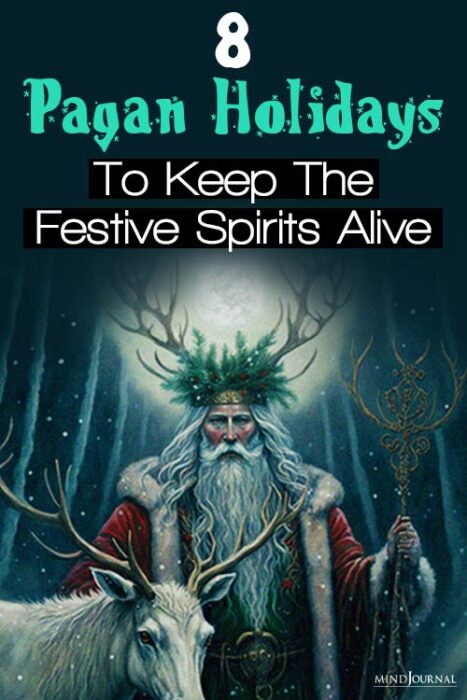
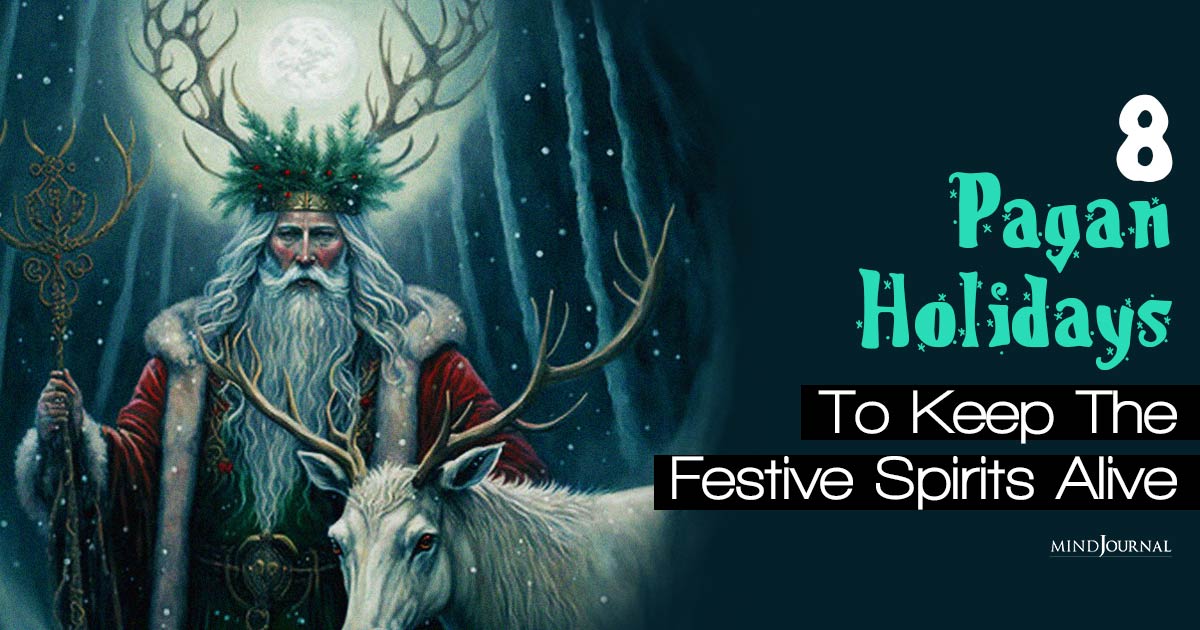
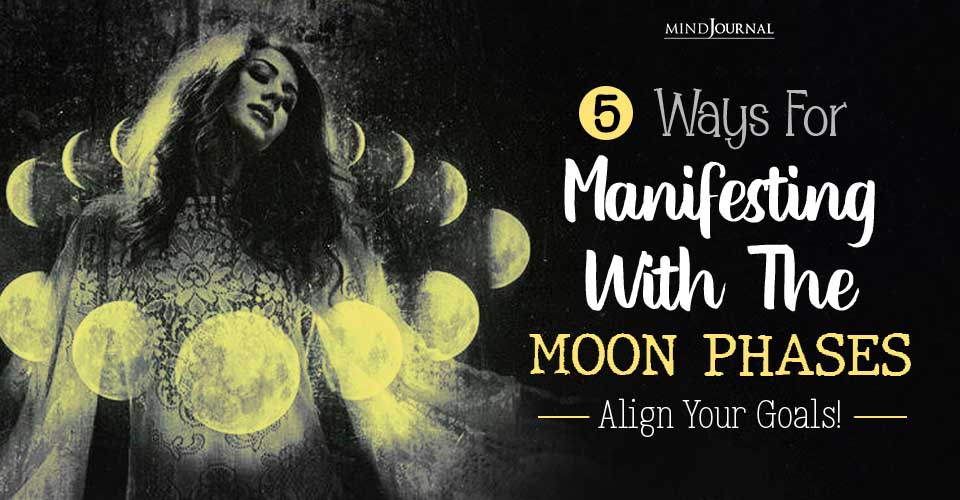
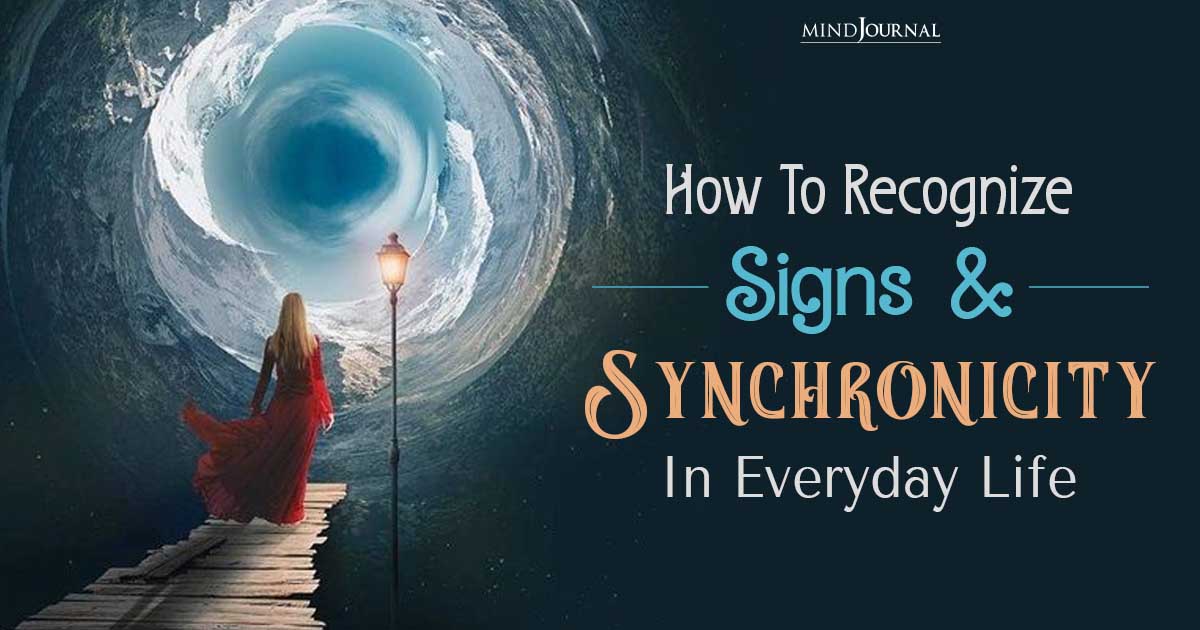
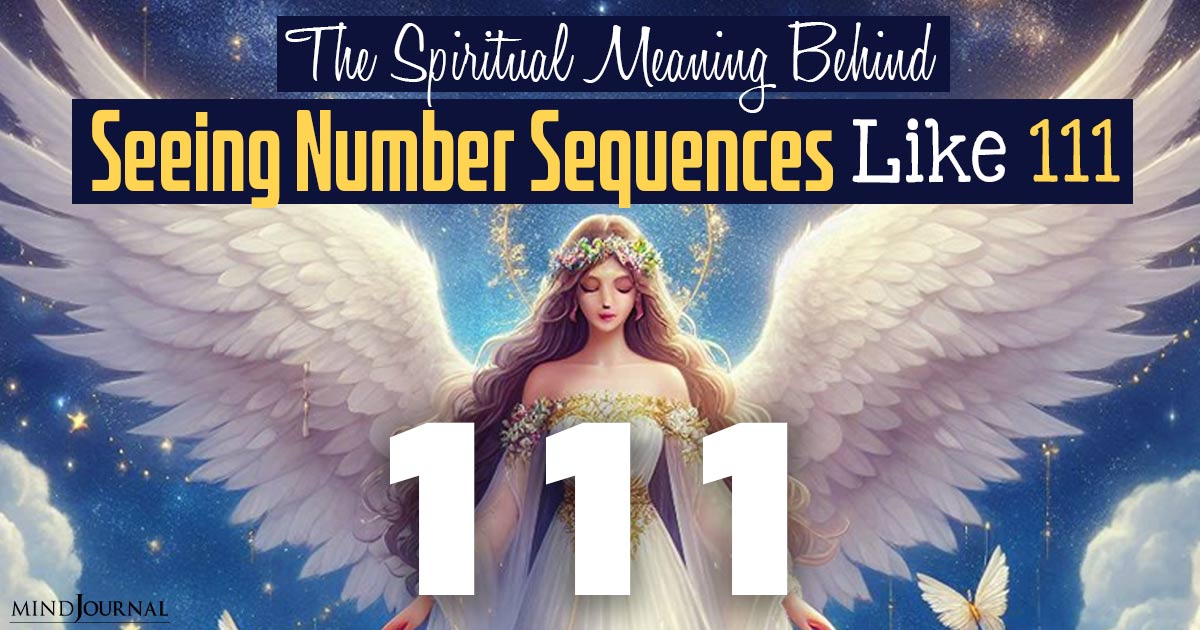
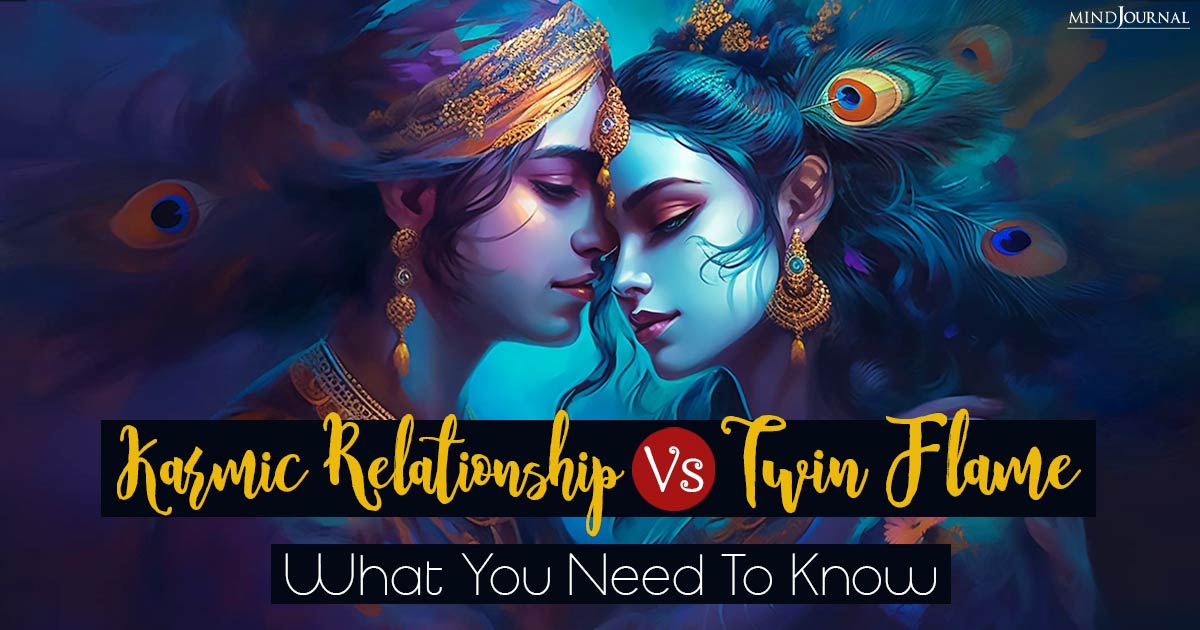
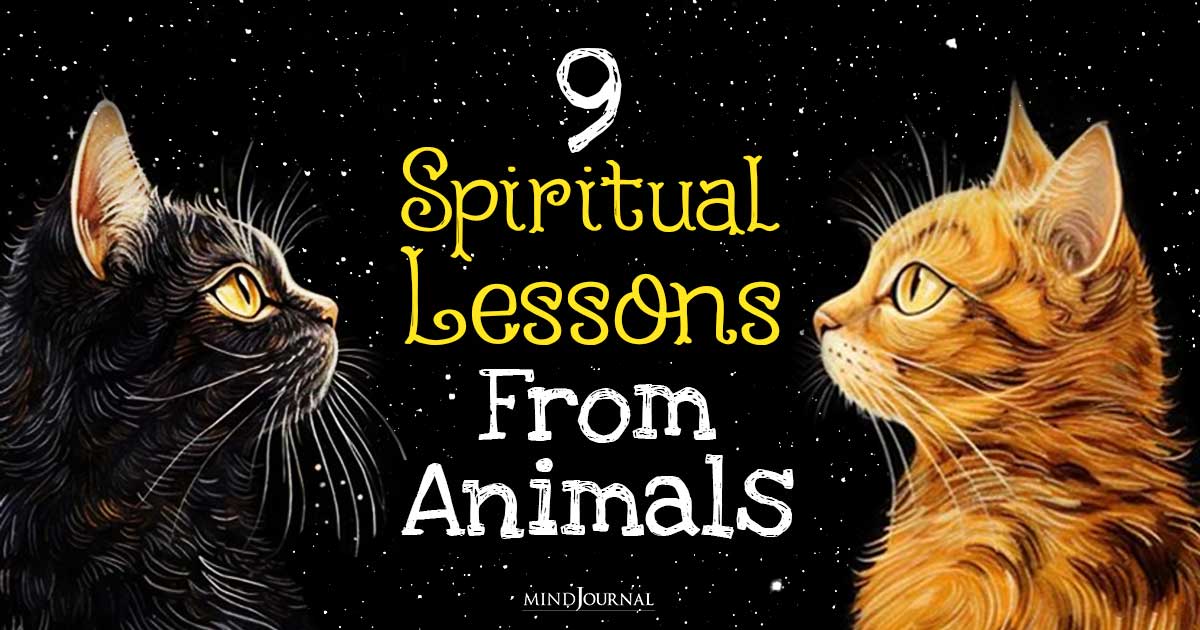

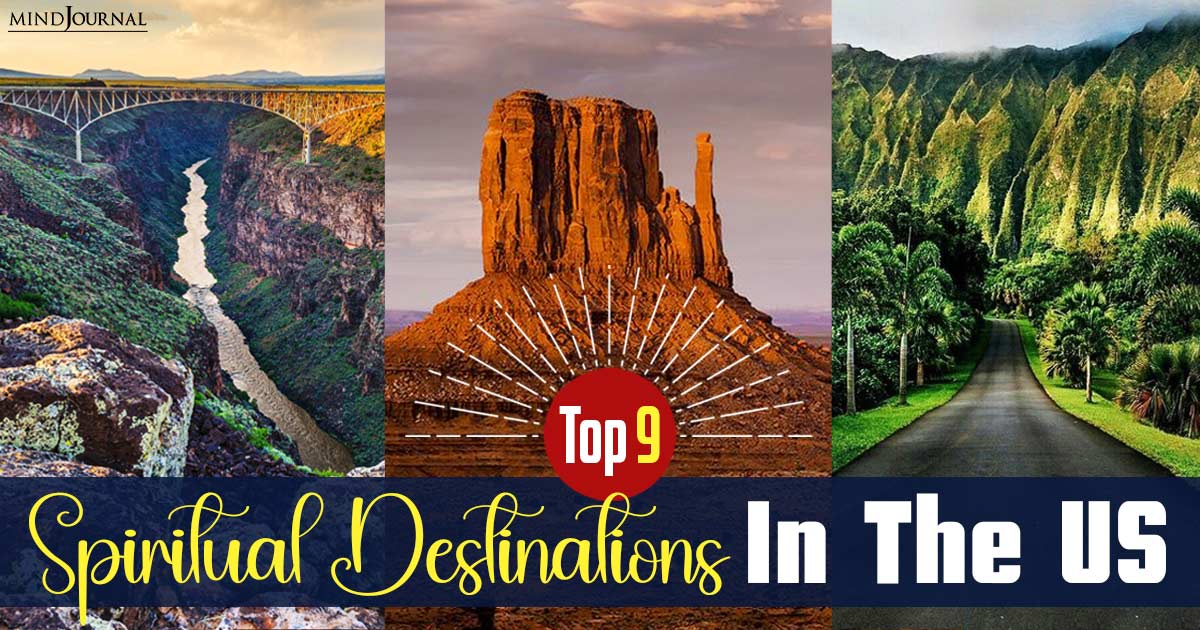
Leave a Reply
You must be logged in to post a comment.